
Tips & Rewards For Going To Healthcare Visits With Your Loved One
For many people, having a trusted friend or family member join them during a doctor’s visit or test (in person, virtually, or by phone) can be a great source of comfort and practical help. Sitting in may also bring you some peace of mind.
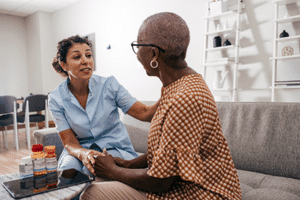
Besides being there for support and a second set of eyes and ears, you may also be that person’s advocate—gathering and sharing information with the healthcare provider, collecting information for them, and following up after the appointment to ensure continuity of their care. Knowing what to do before, during, and after a medical appointment can help safeguard the health and well-being of your loved one.
The Bag It Cancer’s Bag contains a nifty take-everywhere binder that was designed to help people get prepared for their medical appointments, keep track of information and records in an organized manner, and accompany them to each visit. Here are some of the tips from the binder.
Prepare for the appointment
- Set time aside with your family member or friend to discuss the primary purpose of the appointment. Is this a check-up? Follow up visit? Possible new medical condition? Together make a written list of questions, notes, or updates to share with the provider, keeping it to a single page and leaving room for the answers). This might include new symptoms, possible side effects of medications, or a new medical condition since the last visit. Also, discuss how they would like you to assist them during the appointment so you come to an agreement about your role.
- Star the three top priorities on your list to discuss in case you don’t get to all of them. Some people prefer to make an extra copy to hand directly to the doctor at the start of the visit.
- Gather everything needed for the appointment. Use Bag It’s My Companion Guidebook to store and record all your information in the tabbed sections and on the helpful patient forms. You will need:
- Day/date/time of the appointment. (Note that providers often ask you to arrive earlier to complete paperwork.)
- Name, address, phone number of the provider’s office.
- Driving directions if needed. If someone is attending virtually or by phone, make sure you have the log in or call-in details in advance.
- Insurance cards and copays due at the time of service.
- Copies of your medical records, including medical and family history.
- A notebook, pen or a recording device such as a smart phone with recording app.
- A complete and accurate list of current medications, vitamins/supplements, and over the counter medicines being taken.
- If lab work, tests, imaging, or other procedure needs to be completed so the doctor can review the results at your appointment, schedule them in advance and with enough time for the report to be available to the provider. Call to make sure the results have been received by the doctor’s office. Or pick up a copy of the results and bring it with you to your appointment, if needed.
- If communication with the provider will be difficult for the patient due to a language barrier, request that a professional interpreter be present during the appointment. Relying on a family member or friend to perform this role is not the best choice when complicated medical terms may be used to discuss the patient’s diagnosis and treatment options, or difficult treatment decisions may need to be made.
- If you decide to go online to research the patient’s disease or condition, avoid misinformation by visiting only reliable medical websites. Download our tips on how to evaluate medical websites. Always discuss with the provider any information you find online to make sure it is appropriate for your loved one and their situation.
The information and forms are just what is needed to assist with recording your cancer journey. The guidebook gives information to help explain and understand what to expect and record for the future. The bag helps you feel more comfortable speaking up for yourself by providing forms to write down questions and concerns which will help to explain at future doctor appointments.
–Caregiver, California
During the appointment
- Introduce yourself to the provider if you have not met them and explain your role and who you are to the patient. If you will be attending appointments on a regular basis, begin to build your relationship as a member of the patient’s care team.
- If your loved one is unable or hesitant to actively communicate with their provider, speak up on their behalf early in the conversation if this is what was agreed to by you and the patient.
- Verify the doctor has received the results of testing or procedures completed since the last visit. Provide a copy of the results if they have not been received.
- Address the priority concerns and questions on your list. Be direct, honest and respectfully assertive when speaking with the provider.
- Listen carefully. Take notes and write the down the answers to the questions asked. Another idea is to record the conversation, with the provider’s permission. There are apps to download onto a smartphone, or use another recording device.
- Before the visit concludes, make sure any information relayed to you is well understood, including how to perform any medical tasks required at home. If not, ask for it to be explained again in a different way or using everyday language. Ask follow-up questions as needed. Repeating or rephrasing the important parts back to the provider are good ways to confirm you interpreted the information correctly.
- You can also ask for information to be provided to you in writing so you can refer to it at home. This is especially helpful for instructions on how to perform home care tasks.
- Review the patient’s current medications. Understand why any new medications are being prescribed, and make sure you are clear on how, how much and when the medicine should be taken to avoid medication errors.
- Find out the best way to communicate if a non-urgent matter arises between visits. Some offices prefer a message sent through the portal, some use email, and some will ask you to call a specific member of the health care team. If your loved one agrees, consider giving the provider your phone number and/or email as another point of contact.
- If there wasn’t enough time to address all the questions and concerns with the doctor, ask if a nurse or other member of the healthcare team can help you further that day, or follow up with you after the visit. You can also ask to make another appointment to continue the conversation.
- Request copies of any test results, reports or other medical records related to the appointment if not given to you automatically. If they are available online through the patient portal, confirm you have the correct URL for the website and instructions on how to set up a user name and password.
- Before leaving the office make any follow up appointments needed, if possible. Be sure any orders for lab work or other testing or procedures are given to you or sent electronically to the medical facility. This also includes any referrals to other providers.
After the Appointment
- Recap the visit with your loved one. Finish writing any notes or instructions you didn’t jot down in the office. Listening to the recording of the visit would be helpful here.
- Update the patient’s file with any new reports, test results or other documents you received during the visit. Download and print a copy to file if they are online in the patient portal.
- Fill all prescriptions promptly. Verify the pharmacy has a complete and accurate list of all the patient’s medications to avoid drug interactions. Report to the doctor any new symptoms or side effects that could be related to new medicines the patient is taking.
- If any lab work, tests or procedures, or referrals to other doctors were ordered during the visit, schedule these appointments in a timely manner. Ask when and how you will receive the results. Be sure to follow up with the office if you do not receive the results within the expected time frame –do not assume “no news is good news.” If you do not understand the results, reach out to the provider’s office for an explanation of what they mean.
We hope that these tips guide both you and your loved one to better health and more peace of mind.

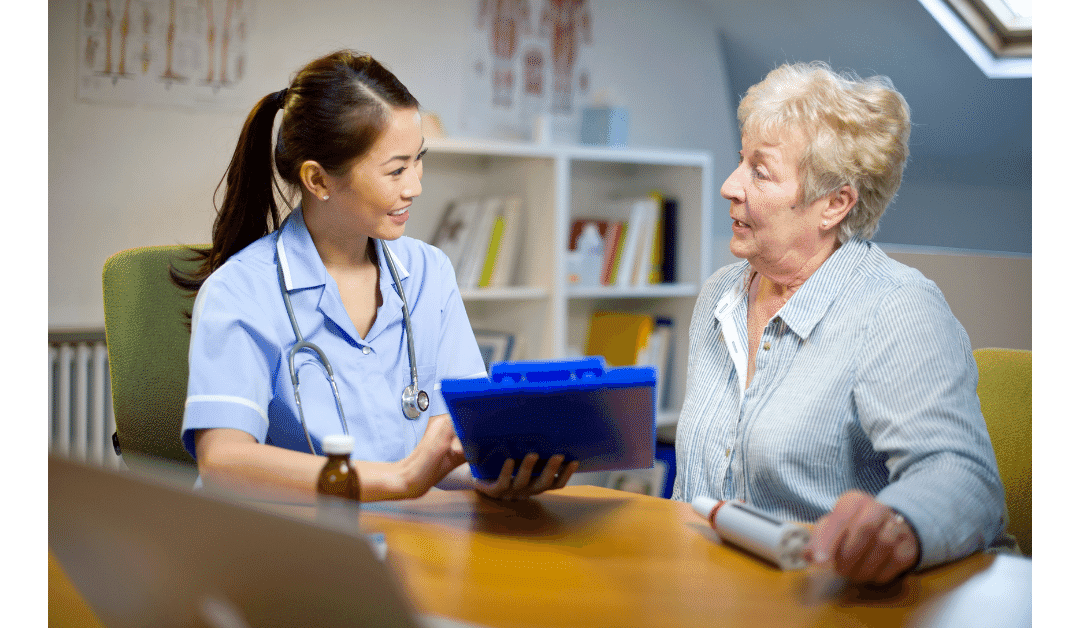
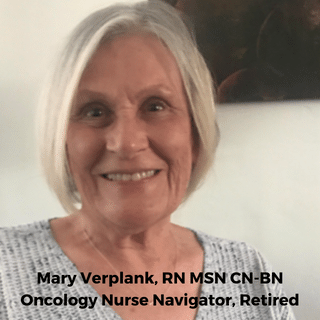

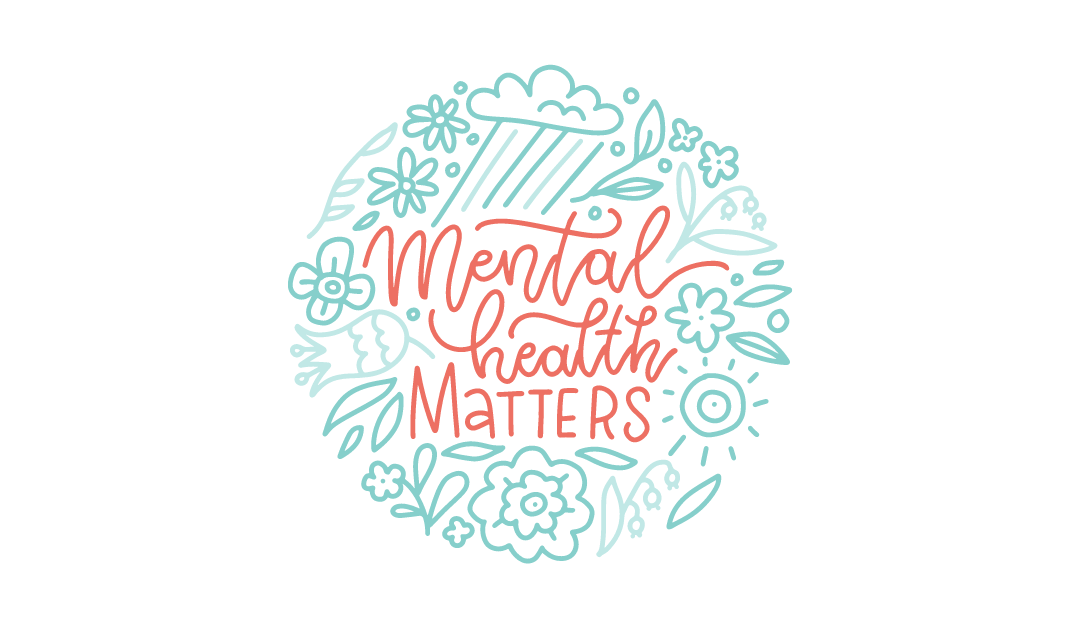






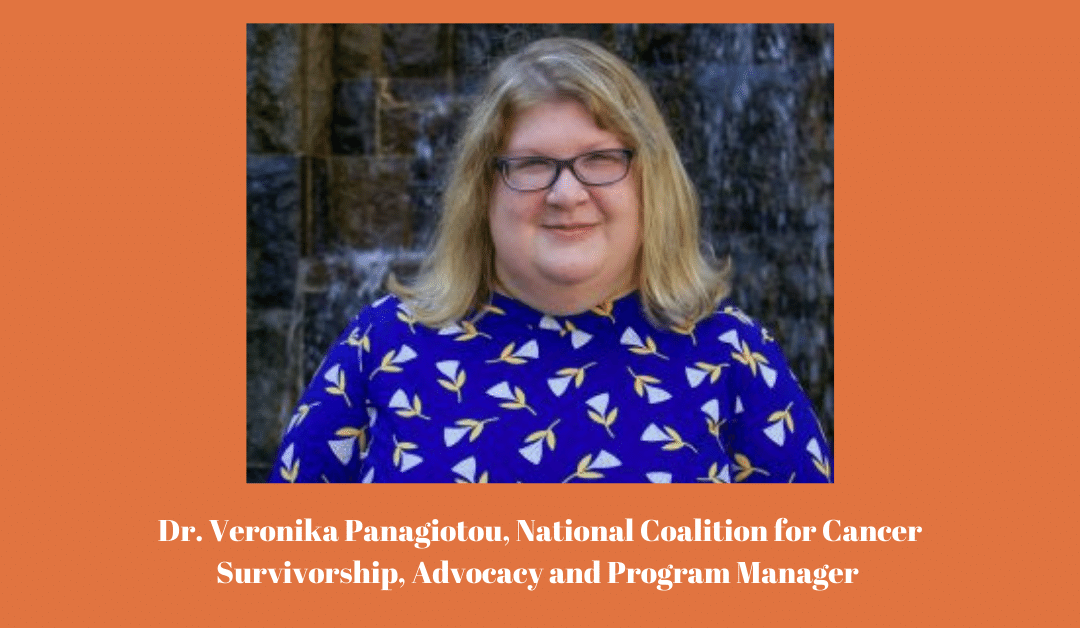


Recent Comments